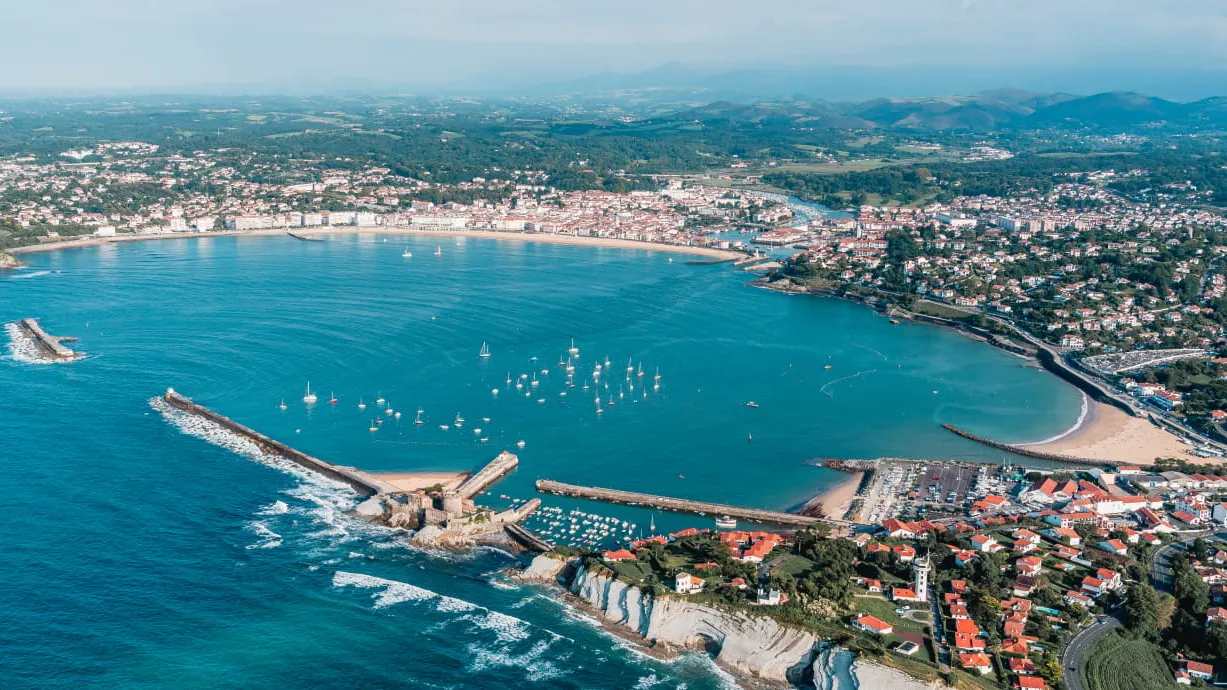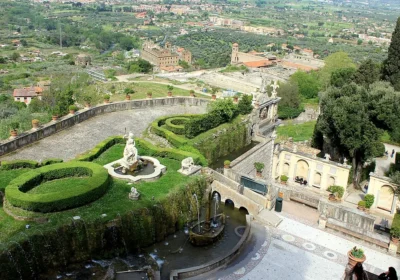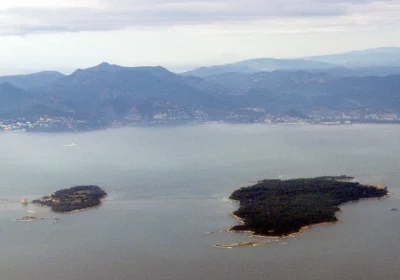This old seaside town is located in the depth of a round, calm bay of the Bay of Biscay, so there are almost no big ocean waves and swimming is very comfortable. Around the beach on the semicircle of the bay is a high dike, directly from which bridges to the villas and houses surrounding the bay. The climate in St.-Jean-de-Luz is maritime. Summers are warm: average July temperature is 20.6° C; water temperature reaches 20-22° C
In the XI – XIII centuries, the town was known for the anchorage of whaling ships. Nowadays whales have been replaced by tuna, anchovies, sardines and octopus, which are harvested by local fishermen. In early July, the town hosts a tuna festival, a fun, light-hearted celebration with plenty of fish cooked to different recipes. Around the main square you’ll find the best restaurants on the Basque coast, offering all sorts of fish specialties.
This is also where the Louis XIV Square hosts music concerts during the summer months, including the Basque Choir and a jazz festival.
The central part of the city is distinctly medieval, with Spanish and Moorish influences in the architecture. The main historical attraction is the largest cathedral in the Basque Country – the Cathedral of St. John the Baptist (Eglise Saint-Jean-Baptiste), where in 1660 Louis XIV married Maria Theresa of Spain. This 14th century cathedral has a three-story gallery and is considered one of the most beautiful Basque cathedrals. Next to the cathedral are two houses, one of which – the “House of the Infanta” – was where Maria Theresa stayed before her wedding, and the other – the “House of the King” – where the young Louis XIV stayed.
In the town you can visit the Museum of Wax Figures (Musée Grevin), nearby is the Urtubi Castle with a collection of furniture and carpets of the XVI century.

















